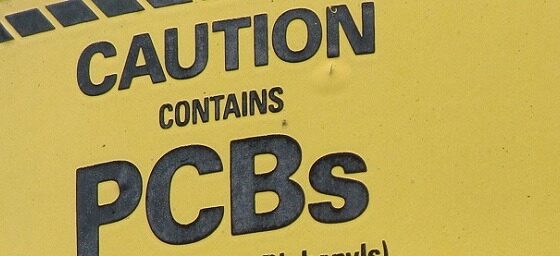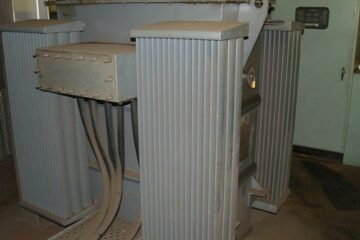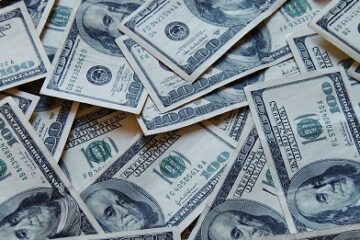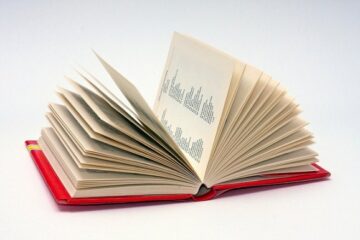Our Italian Intern Marta Vignola sheds some light on what PCBs are, why they were excellent for their purpose, and why their use has been stopped.
Polychlorinated biphenyls (PCBs) are a family of compounds that were largely used for a variety of industrial purposes between 1929 and 1978 after which they were banned. A biphenyl molecule is made up of two connected aromatic rings. The PCB molecule is any molecule having multiple chlorine’s attached to the biphenyl nucleus. The manufacturers used to produce PCBs by direct chlorination of biphenyls, the result of this process was a crude mixtures of PCBs containing 90/120 different PCBs combination. The mixture was a very viscous oil and was distilled to produce commercial mixtures with the desired properties. Different mixtures were sold under various trade names that usually reflected degree of chlorination and their average composition: for example Aroclor 1221, 1242, 1254, 1260 contained, respectively, the 21%, 42%, 54% and 60% chlorine by weight.Because of excellent flammability, electrical and stability properties, PCBs found application in a wide variety of industries including the electrical industry. The major use of PCBs in the electrical industry has been as an insulating fluid inside transformers and capacitors. These transformers and capacitors ranged in size from the very large transformers which contain several thousand litres of PCBs and were typically used by electrical supply businesses and heavy industries, to the small capacitors which may only contain several millilitres of PCBs and were used in farming equipment and on commercial premises.
Today PCBs can still be released into the environment from poorly maintained hazardous waste sites that contain PCBs; illegal or improper dumping of PCB wastes; leaks or releases from electrical transformers containing PCBs; and disposal of PCB-containing consumer products into municipal or other landfills not designed to handle hazardous waste. PCBs may also be released into the environment by the burning of some wastes in municipal and industrial incinerators.
The same properties that made PCBs so attractive also made them recalcitrant, allowing them to accumulate in the environment. PCBs are included among the 21 worldwide priority persistent organic pollutants (POPs) (Stockholm Convention on Persistent Organic Pollutants), as they have been reported to bioaccumulate and biomagnify through the food chain up to humans, where they can exert multiple adverse health effects.
The Author
Marta Vignola is an Italian Environmental Engineer who specialises in biotechnological treatment of wastes and wastewater.
Marta conducted her experimental Master thesis work in the laboratories of industrial and environmental biotechnology at the Faculty of Engineering of the University of Bologna working on a project addressed to optimize the use of Fe zero valent in the anaerobic reductive dechlorination of PCBs occurring in a marine contaminated sediments.
Marta is currently working as a trainee remediation engineer at Soilutions Ltd on projects dealing with remediation of contaminated sites.







Leave a Reply